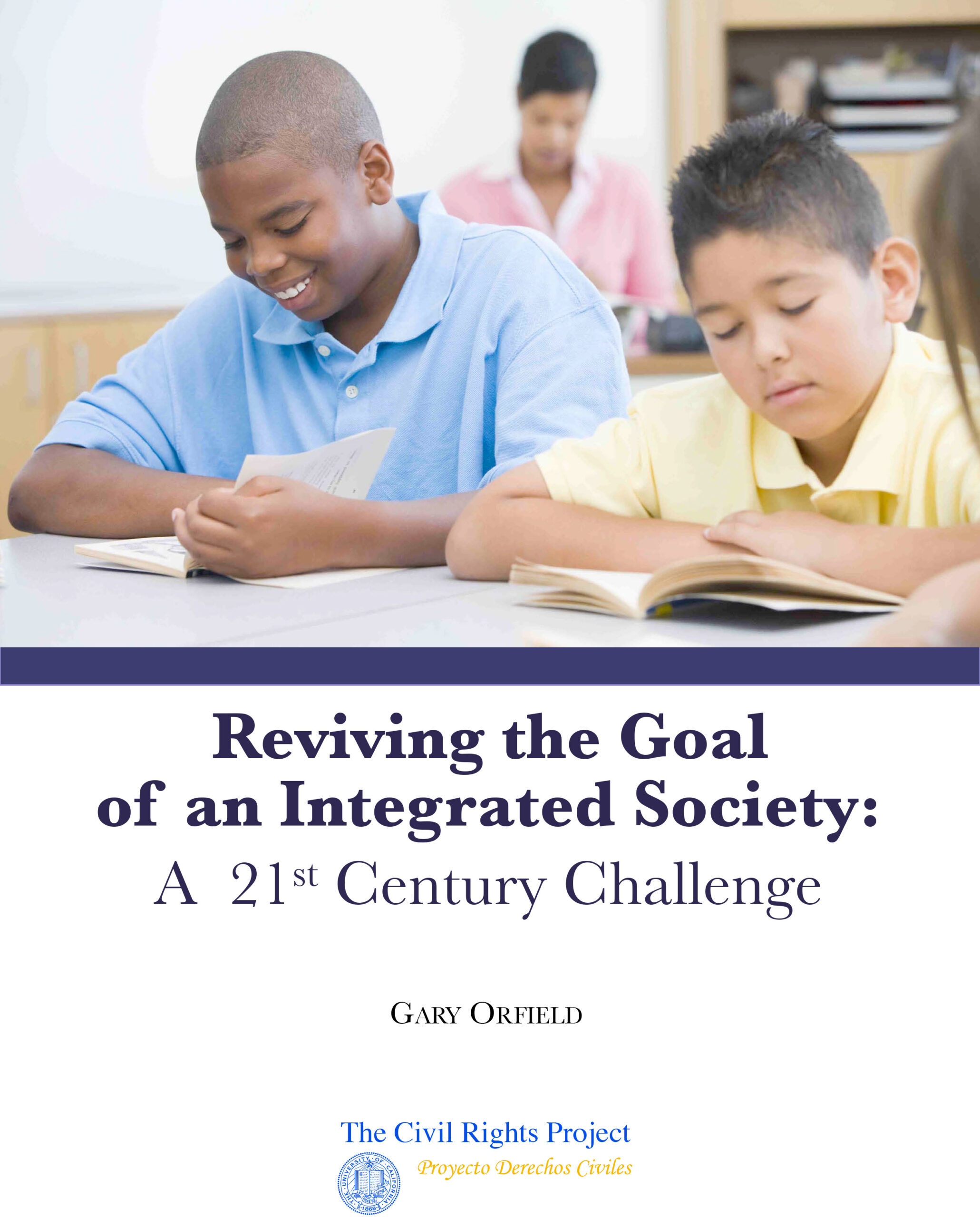Introduction
The country has experienced a large increase in students attending multiracial schools, defined here as schools with more than a tenth of students from each of three or more racial groups. These are schools that can either be integrated across racial and class lines or schools that combine three highly impoverished communities of different racial backgrounds. They offer both challenges and possibilities, but almost no attention is being paid to studying them or to developing curriculum and training to help realize their possibilities. The substantial increase of whites attending multiracial schoolsÑthe percentage of white students in such schools has doubled in less than two decadesÑ may well be one of the reasons why whites tend to believe that progress is being made on integration even as segregation deepens, on average, for black and Latino students.
The report also indicates that the frontier of racial change and school resegregation is now in the suburbs, where about a third of black and Latino students attend school. Even though there is a large white majority in suburban schools, two million black and Latino suburban students currently attend highly segregated schools. By contrast, only 2% of suburban white students attend these same segregated minority schools, while a majority attends suburban schools with at least 80% of white students. After two decades of a hostile Supreme Court and two terms of a presidency committed to reversing civil rights gains, only the nation’s small towns and rural areas retain substantially integrated schools.
The report concludes that efforts to make separate schools equal, which have been the dominant approach since the federal government abandoned significant positive support for integration almost three decades ago, have failed. This failure includes No Child Left Behind, which was supposed to quickly equalize achievement across racial lines but has fallen far short. Instead, it is sanctioning scores of segregated minority schools without providing them enough help to make a difference. The report notes that too often the high hopes accompanying a racial change in leadershipÑwhen, for example, black or Latino mayors and school superintendents were first appointed–were often disappointed since the underlying racial barriers to opportunity were not addressed. Orfield, the report’s author, calls on the incoming Obama Administration to “make the first serious commitment since President Johnson’s Administration and build successfully integrated communities and schools wherever there are feasible opportunities.” The report includes a discussion of a number of possible tools and techniques with the potential to extend past successes. Finally, the report calls on the new administration and Congress to review the evidence and provide the needed leadership, for example, to support integrated communities and to avoid the large-scale ghettoization of suburbia.
In compliance with the UC Open Access Policy, this report has been made available on eScholarship:
